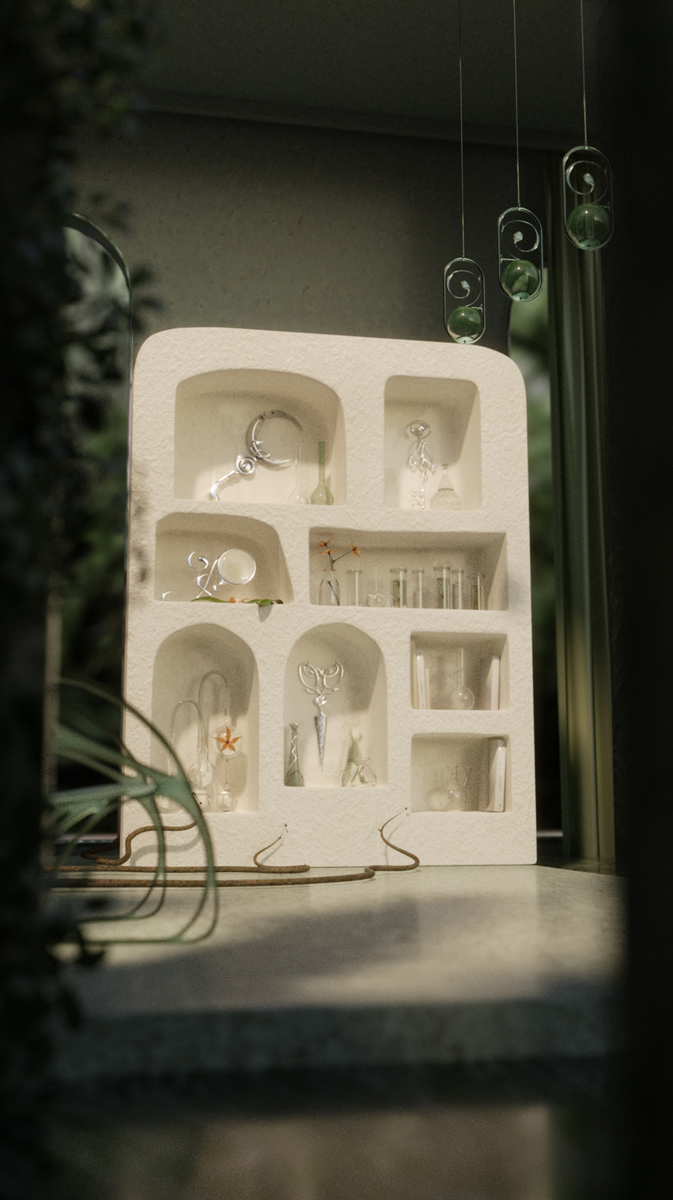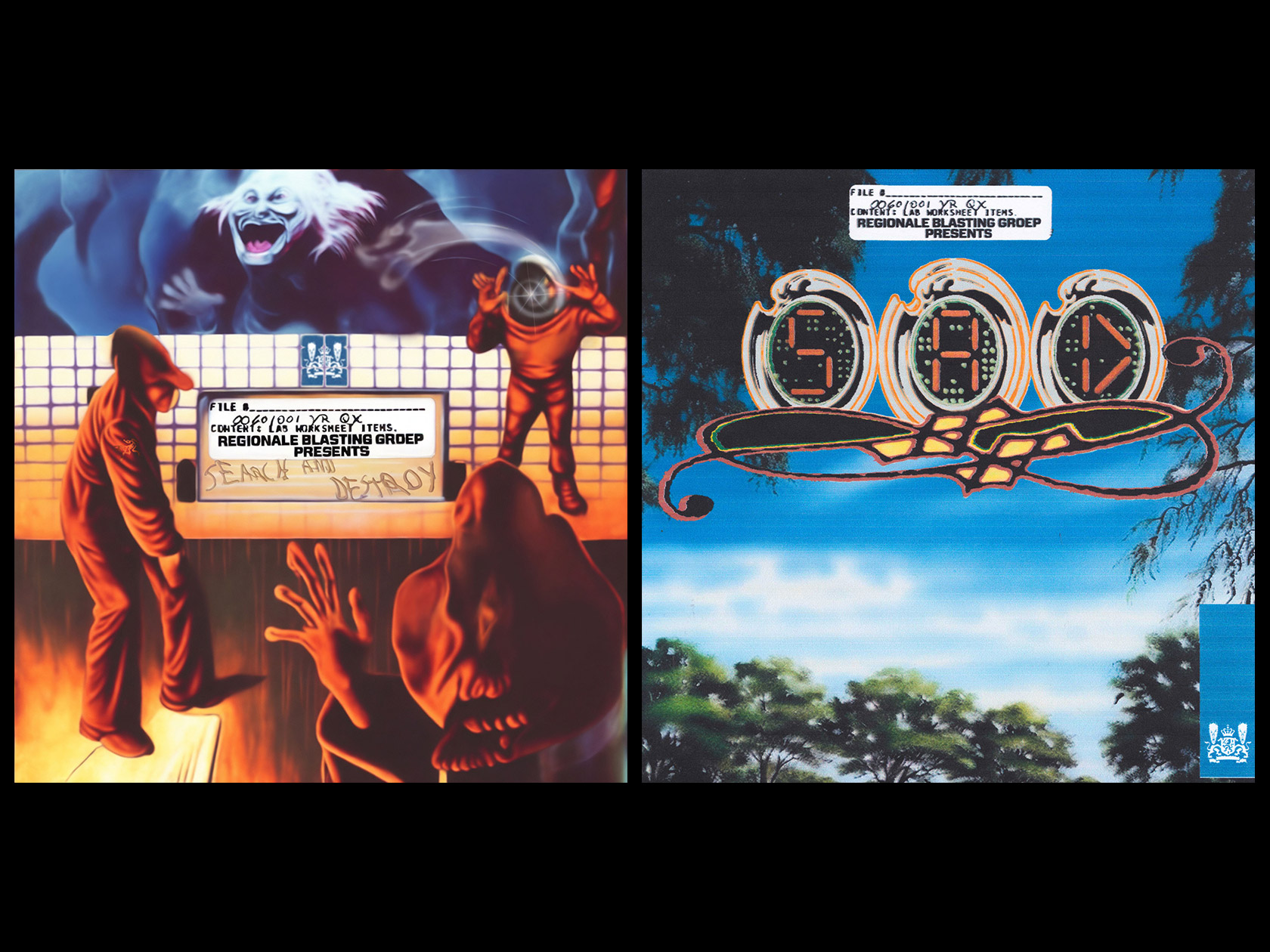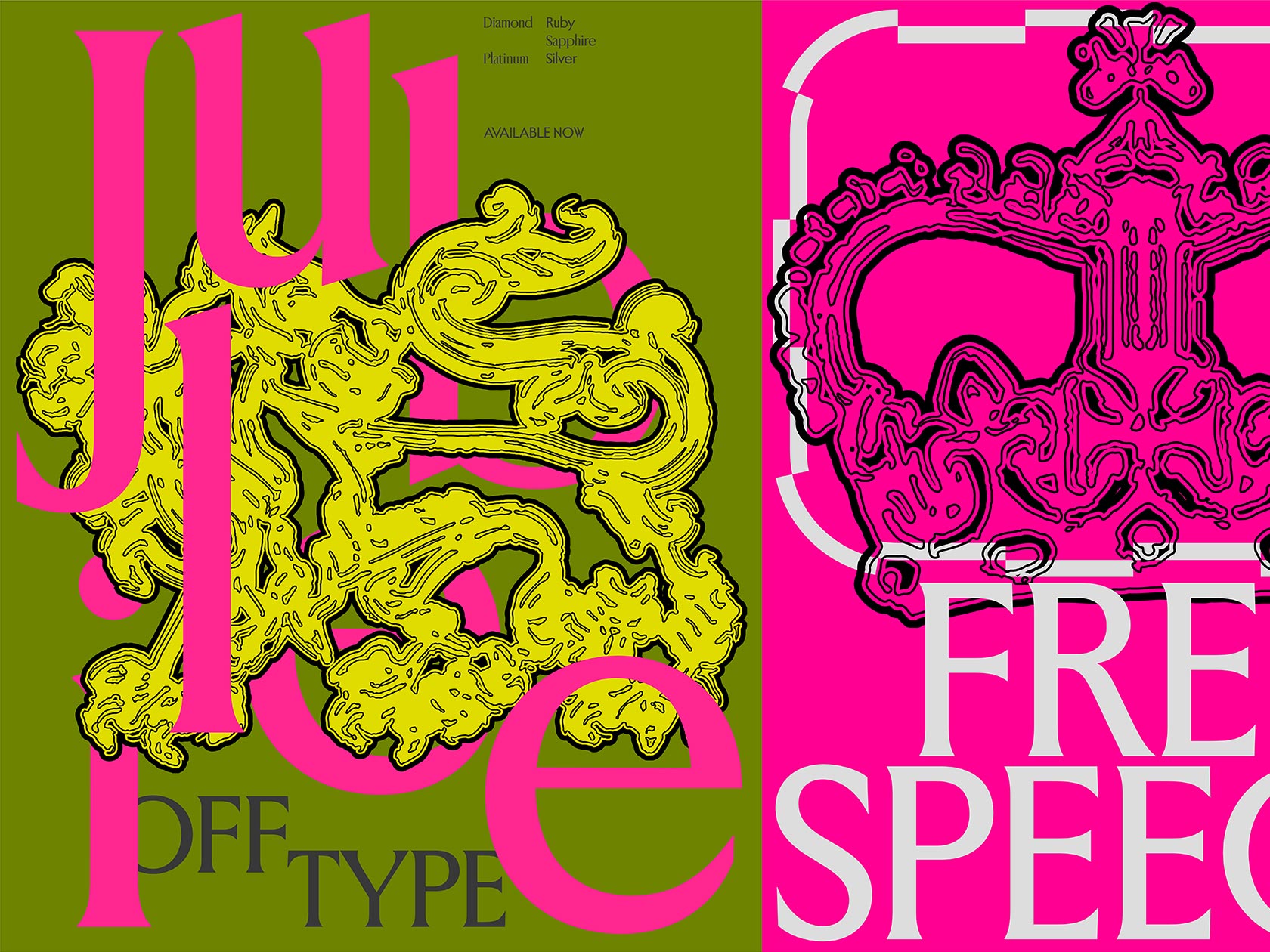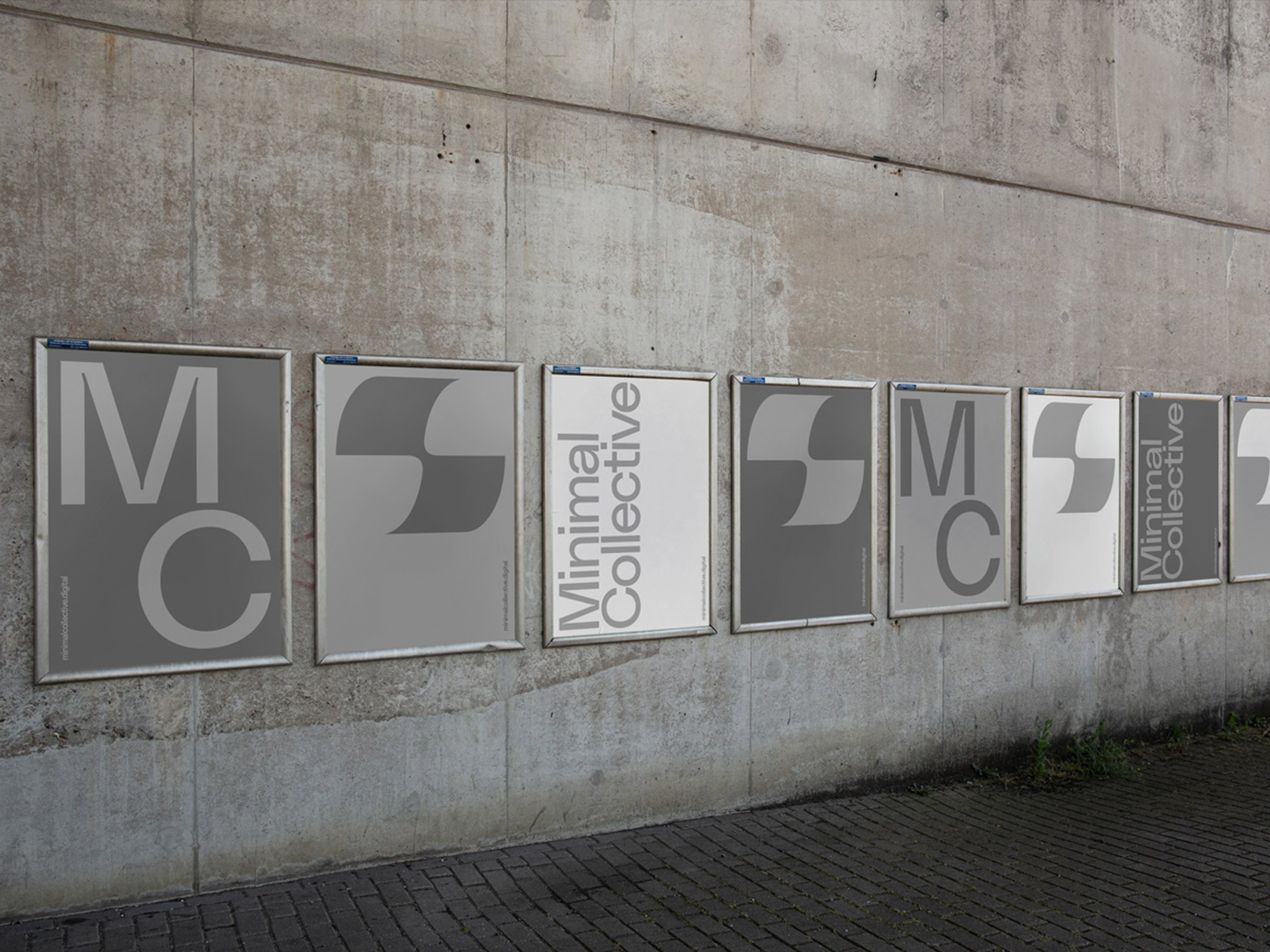Sometimes things take a little while before they truly blossom. This was the case for Ada Sokół, who recently founded the Ada Sokół Art Lab studio alongside a team of talented designers and 3d artists. It’s been almost a year since we last heard from Ada, and in this time a lot has changed for the 3D artist and designer.



Creating the Art Lab is something she has had in mind for a few years but was waiting for the right time to go for it. The right time did come, born out of the creative’s familiar desire to engage with more, better, and diverse projects. But as Ada puts it, this was also an opportunity for her to counter her harsh beginning in the industry by sharing her mentorship and space in a fruitful and compassionate environment. This experience, she feels, has been extremely rewarding, especially as she had been craving a more synergetic environment after her eight years of solo practice.
This confluence of creative people was, perhaps, the genesis of the “Adaglossum” project—a multidisciplinary endeavor requiring a pool of diverse talent. They found it in Neža Knez, who goes by her artist name knnz, Zuzanna Oniszczuk, Monika Wątroba, Arthur Teboul Zaïane, Lena Charobay, Adrian Vrijhoef and Daniel Sillem of KLOAQ audio design, and Ada herself.


knnz is a visual artist and VJ from Ljubljana, who, along with Zuzanna — a graphic designer and 3d artist based in Poland — first began working as an intern at the Art Lab. Both have become permanent members of the studio as of this January, alongside Ada’s assistant Monika. Arthur is a graphic designer based in Switzerland and France. He and Ada were already friends and he was pulled in after they had previously worked together on the font that started it all. Lena is a 3d artist and art director from the UK. She and Ada had admired each other’s work and maintained an online friendship for some time, which resulted in her recruitment for this project. As for KLOAQ, they are an audio design studio focused on enhancing brand identities through sound. They had recorded an episode of Moooi’s “Design Dreams” podcast with Ada, and when the opportunity came to collaborate they did not let it pass. Given everyone’s talent and similar inspirations, once they came together, the project was set.
“Adaglossum” is an engrossing dive into the idea of translating a typeface into 3d environments. It came from the desire to expand upon Arthur and Ada’s font into animated objects with new life. The font was strongly inspired by the ornamental style of Art Nouveau and by nature’s organic shapes. It draws especially from the tradition of decorative lettering from antique fairy tale books, in addition to the shape of the “Adaglossum” flower—a real orchid hybrid created in 1983—which served as its inspiration.



This aesthetic motif continued to be the project’s basis—“nature-inspired, fluid, delicate, and ornamental.” To fit the aesthetic inspiration, Ada and Monika built a narrative concept around the “Adaglossum,” based on the concept of a Cabinet of Curiosities, or wonder rooms. These are collections of unique and intriguing objects, which, in their storyline, belong to an eccentric botanist. They then came up with the idea of designing a botanist’s tools based on the font’s letters. They decided to create three separate objects which had caught their eye —a pair of scissors, a herb sickle, and a magnifying glass.


As Ada puts it, “botany gives abundant opportunities to explore the fascinating world of ever-changing flora.” In the context of the scene, we are taking a peek into the botanist’s lab, and interrupting an experiment on the “Adaglossum.” In stop motion pace, we are introduced to the space — beautifully ornate tools scattered all over the table. Flower and plant specimens are encapsulated in glass containers, and the “Adaglossum” inflorescence is displayed under the botanist’s magnifying glass for examination.
As for the animation, as knnz explains, the brief was to create movement for the objects as though they were alive, without human interference. She tells us: “the storyline of the animation was to first introduce the cabinet to the viewer. First, we wanted to display the objects on the shelves and the growth of the “Adaglossum” flowers. When the camera moves to the main objects, a close-up of them follows, showing a glimpse into their life. To tie together the narrative of the story, we used the objects and the materials from the cabinet scene for the main objects to interact with. This allowed us to showcase how the objects were designed to fit into the environment and create a sense of belonging.” This was accomplished by creating fluid and natural movements for the objects, while still showcasing the unique designs of each, which hide some of the letters from the “Adaglossum” font.




We can see this in the delicate ornate visuals of the final product, along with the striking sound design. As an element of the storytelling itself, KLOAQ’s audio contrasts with the space to help balance the mood and add an effective layer of mystery and whimsy to the scene.
The “Adaglossum” project would certainly not have been possible without so many talents and seems to have left a mark on all those involved, Ada especially. While fitting right in with her practice and aesthetics, this project also marks a remarkable beginning to the Ada Sokół Art Lab. As for the future, Ada hopes to develop the Art Lab into a fully sustainable studio powered only by renewable sources of energy with one goal in mind — “to create the most stunning art projects.” As for us, we sincerely hope that all their future endeavors will continue to bloom.
Ada Sokół
Lena Charobay
Neža Knez
KLOAQ audio design
Zuzanna Oniszczuk
Monika Wątroba
Arthur Teboul Zaïane










